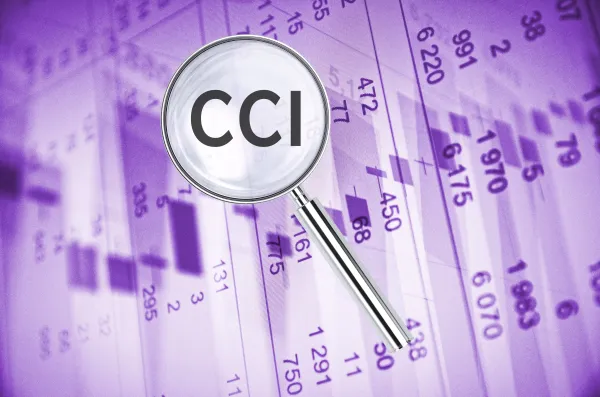Acclimate Yourself With These 2019 Integumentary, Cardiovascular Updates

Avoid unnecessary denials by staying on top of some important new hospital and physician edits. While you’re not expected to memorize the thousands of new edit pairs, you should familiarize yourself with the first quarter National Correct Coding Initiative (NCCI, or CCI) edits that affect your specialty. January 1, 2019, has brought in a new wave integumentary and cardiovascular pair edits (among many more) that are sure to have an impact on your hospital outpatient facility or physician’s bottom line. Let our experts impart some significant NCCI know-how to ensure you’re billing correctly — beginning now — because “it is important to review the edits and apply them as soon as possible,” advises Arnold Beresh, DPM, CPC, CSFAC, in West Bloomfield, Michigan. Focus on These FNA Edits You’ve got a lot of edits to learn regarding new fine needle aspiration (FNA) codes +10004 (Fine needle aspiration biopsy, without imaging guidance; each additional lesion (List separately in addition to code for primary procedure) through +10008 (…, including fluoroscopic guidance; each additional lesion (List separately in addition to code for primary procedure)). Restrict unbundling: CCI 25.0 creates physician PTP edit pairs with a modifier indicator of “0” that bundle new codes +10004 through +10008 with the following codes: 36591 (Collection of blood specimen from a completely implantable venous access device); 36592 (Collection of blood specimen using established central or peripheral catheter, venous, not otherwise specified); 96523 (Irrigation of implanted venous access device for drug delivery systems). The “0” modifier indicator means that you cannot override these edits under any circumstances. On the other hand, for the hospital PTP edits, you will find that only 96523 applies under a modifier indicator of “0.” Modifier indicator “1”: You’ll also find multiple codes bundled into add-on FNA codes +10004 and +10006 that carry a modifier indicator of “1,” such as the following: CCI 25.0 also creates edit pairs with a modifier indicator of “1” for several services bundled with new, primary FNA codes 10005, 10007, and +10008, such as the following: Possibly unbundle: When the modifier indicator is “1,” you may be able to report both codes of an edit pair under certain, well-documented circumstances. According to CMS, “Documentation must support a different session, different procedure or surgery, different site or organ system, separate incision/excision, separate lesion, or separate injury (or area of injury in extensive injuries) not ordinarily encountered or performed on the same day by the same individual.” To override the edit pair and report both codes, when appropriate, you should use a modifier such as 59 (Distinct procedural service), according to Mary I. Falbo, MBA, CPC, president and CEO of Millennium Healthcare Consulting Inc. in Lansdale, Pennsylvania. Tip: Depending on your payer policies, you may want to consider the use of the X{EPSU} modifier set in place of modifier 59. Modifier XS (Separate structure), for instance, specifically designates services performed at different anatomic sites on the same day. Ponder New Skin Biopsy Edits Make sure you don’t miss the edits surrounding these new, CPT® 2019 skin biopsy codes: For example, some of the many practitioner PTP edits you’ll find for the new biopsy codes that have a modifier indicator of “0” are: These pairs don’t exist under the hospital PTP edits, however. Instead, you’ll consider these modifier indicator “0” edits, among others: Don’t forget to check out the edits surrounding 11102 through +11107 that have a modifier indicator of “1.” For example, a small sample of these edits includes the following: Limit New PICC Code CCI 25.0 creates hundreds of edit pairs with new CPT® 2019 codes 36572 (Insertion of peripherally inserted central venous catheter (PICC), without subcutaneous port or pump, including all imaging guidance, image documentation, and all associated radiological supervision and interpretation required to perform the insertion; younger than 5 years of age) and 36573 (…age 5 years or older). CCI bundles 36572 and 36573 as column 2 codes with most other central and peripheral venous access codes in the range 36555-36571 and 36582-36585. These edit pairs mostly have a modifier indicator of “1.” You’ll also find 36572 and 36573 as column 1 codes for almost all integumentary codes and many cardiovascular codes, also with a “1” modifier indicator.




